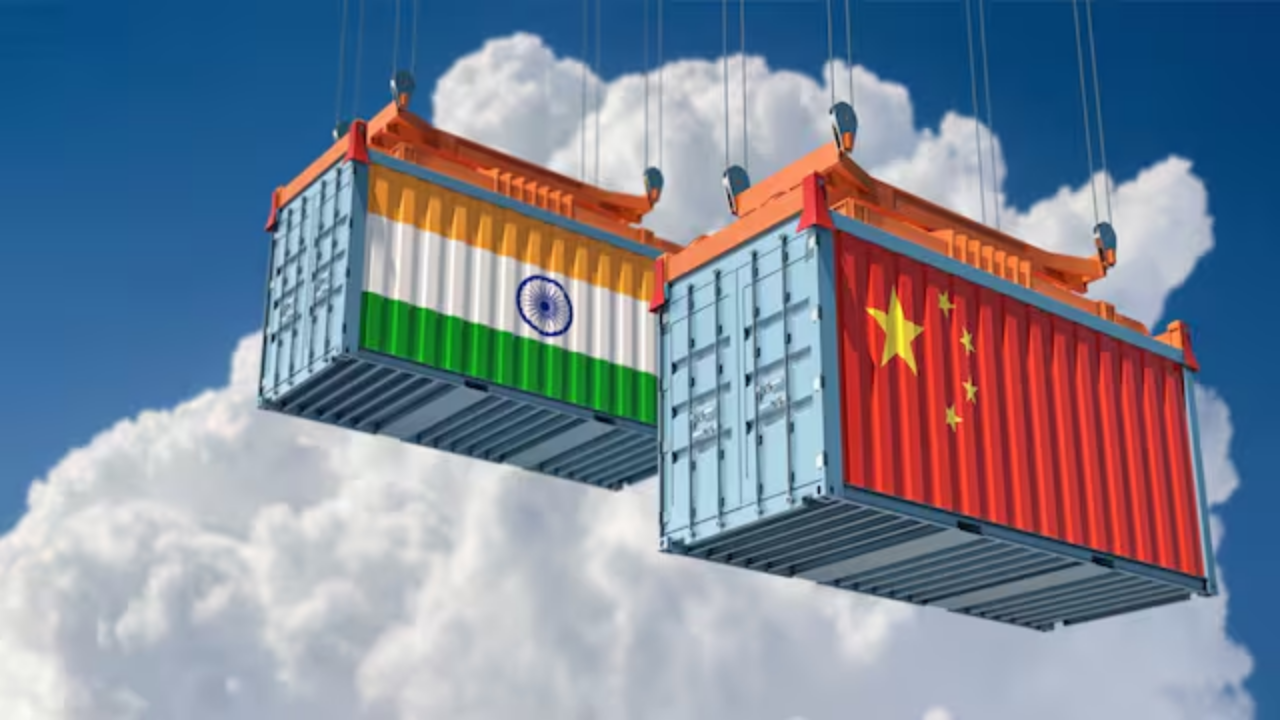As global supply chains realign, India is strategically positioning itself to become a significant player in the U.S. medical device market, aiming to fill the vacuum created by impending U.S. tariffs on Chinese products. The Indian government and industry are in talks to seize this opportunity, contingent on favorable tariff differentials and a streamlined regulatory process.
The Shifting Trade Landscape
The U.S. is reportedly planning to raise tariffs on Chinese medical products to over 50% by mid-August. This move presents a potential “clear export advantage” for India, according to Rajiv Nath of the Association of Indian Medical Device Industry (AiMeD), provided that U.S. tariffs on Indian goods remain around 25%. This would create a competitive pricing gap that could make Indian devices more attractive to American buyers.
A Story of Untapped Potential
Despite being a crucial trade partner, India’s medical device exports to the U.S. in FY24 saw only a modest 2% increase, totaling ₹5,667 crore. In contrast, U.S. imports into India surged by 11% to ₹12,552 crore, highlighting a significant demand for medical devices that could be met by local manufacturing. The U.S. is India’s top medical device supplier (18% market share), followed closely by China (16%).
Key Export and Import Categories
- Indian Exports to the U.S.: Endoscopes, orthopedic implants, and MRI equipment.
- U.S. Imports to India: Joint implants, IVD analyzers, and cardiac catheters.
India’s Strategic Advantages and Challenges
Beyond the tariff opportunity, American companies are seeking to “de-risk” their supply chains from China. This could lead them to consider India as a viable alternative if the country can meet international standards for price, quality, agility, and ESG (Environmental, Social, and Governance).
However, India faces significant hurdles:
- Competition: Other Southeast Asian nations like Indonesia and Vietnam have more favorable trade terms with the U.S., with tariff rates nearly 6% lower than India’s on certain products.
- Regulatory Compliance: Indian manufacturers must successfully navigate and comply with the rigorous U.S. FDA regulatory standards.
- Economic Headwinds: The Indian industry is also dealing with domestic challenges such as a volatile rupee and the high cost of importing critical components, which keeps the overall import bill elevated.
The Road Ahead
With the U.S. increasingly distancing itself from Chinese supply chains, India is at a crucial juncture. To fully capitalize on this opportunity, decisive action is needed. This involves not only securing a favorable tariff differential through diplomatic channels but also implementing targeted industrial policies, investment incentives, and regulatory reforms to transform India into a preferred global source for high-tech medical devices.
